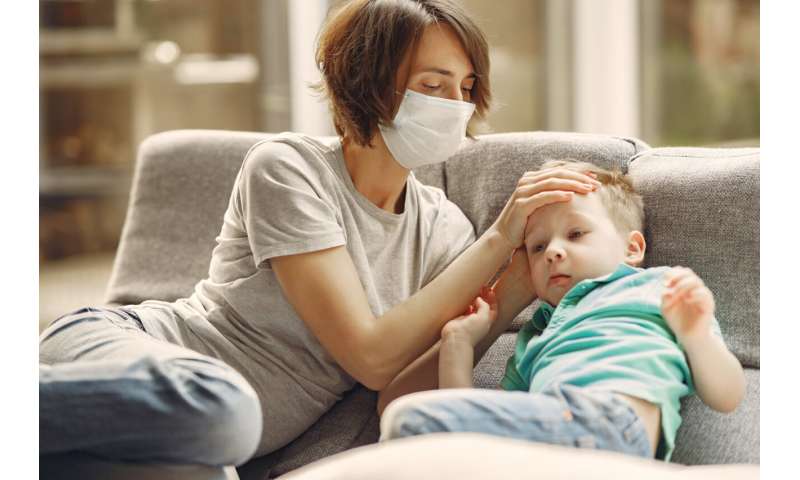
Do you own an oximeter? If so, do you know how and when to use it? It could save your life.
COVID-19 has killed at least 60,000 people in the UK. Many who die have a sudden drop in their blood oxygen levels a day or two before their lungs fail. Unlike in many other chest diseases (asthma, for example), COVID-19 can cause a severe drop in blood oxygen level without any associated breathlessness.
Because of this, people with this “silent hypoxia” are unlikely to seek the urgent help they need, unless they regularly measure their blood oxygen level or their condition deteriorates. If they realize something is wrong, they may reach hospital just in time to receive oxygen therapy (and, if necessary, ventilation). Others are admitted too late to save—or die at home.
The blood oxygen level is one of the strongest predictors of death in COVID-19, and early oxygen improves survival. So it’s time to learn to measure yours and to know what to do if it’s low.
Oxygen is carried in the blood attached to hemoglobin (the large, iron-containing protein that makes blood red). Hemoglobin exists in two forms—oxygenated and deoxygenated—which reflect light slightly differently. An oximeter works by bouncing a beam of light against blood vessels close to the skin, typically in a fingertip, and using the reflected light to estimate the proportion of oxygenated to total hemoglobin.
To measure your blood oxygen level, turn on the oximeter and clip it on a warm fingertip (one without nail varnish). Wait five minutes until the reading has stabilized. Record the result and the time (either on paper or using an app).
You can buy an oximeter online for £15-£35—though if you live in England, you may not need to because NHS England has just purchased 200,000 of them for distribution to eligible NHS patients as part of a new model of care.
Virtual ward
If you’re sick enough to be using an oximeter, you may not be thinking clearly. That’s why it’s best to share your oximeter readings with a healthcare professional. This is the rationale behind this new model of care called the “virtual ward”: a system for supporting patients using home oximeters through phone or video calls. The aim of the virtual ward is twofold: to fast-track you to hospital if you need to be there, and to keep you out of hospital if you don’t.
If you are a patient on a virtual ward, you’ll be given an oximeter and shown how to use it. You’ll also be asked to record your pulse, temperature and symptoms, such as breathlessness. A health professional will phone you to check these readings every day—more often if you need it.
Virtual ward decisions aren’t made purely on the basis of a one-off oximeter reading, but on the trend over time and associated symptoms. Generally, if your oximeter reading is 95% or above, you will probably be reassured. If it’s between 94% and 93% and there isn’t another explanation for this (cold hands being the most likely), you’ll be closely monitored and perhaps invited to come to a center such as a “hot hub” to be examined.
If it’s 92% or lower, and especially if the trajectory is going down and you are unwell, there’s a high chance you’ll be sent to hospital. You should be given written instructions for what do to if you deteriorate in between calls (for example, call 111, call 999 or go to your local accident and emergency department).
While technical enthusiasts talk about electronic dashboards and automated safety alerts based on trends in Bluetooth-delivered oximeter data, the reality is that most patients record their readings on paper and discuss them with a doctor or nurse in an ordinary phone call. Human contact can be particularly important if your oximeter readings, rather than reassuring you, are making you more anxious.
Virtual wards (of various kinds) are up and running in many countries. But whether you can get on one depends on the arrangement where you live, and if one has been established yet. In some areas, virtual wards are used mainly for pre-hospital care (for example, your GP may refer you to one). In other areas, they are used mainly for “step-down care” (after you’ve been an inpatient, or assessed at, a hospital).
While oximeters on their own don’t save lives, good clinical care within a well-designed service may. The mortality rate of patients cared for on virtual wards in England to date is 1%-2%.
Source: Read Full Article





